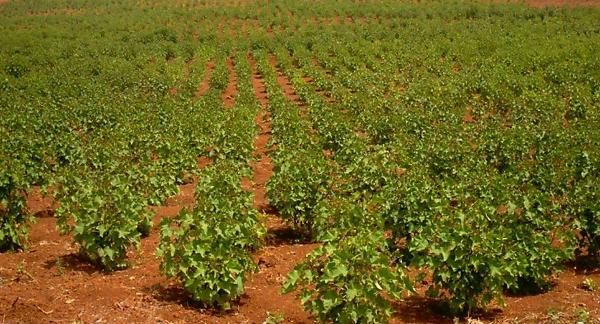
There is an increasing concern about the unavailability or reduction in the reserves of fossil fuels, these days. Bio diesel is increasing being thought of as an option for petrodiesel. Biofuels are fuels that can be made from any living things or waste. Asia, Europe, and America are already using and producing biogases.
Soapnut and Jatrophas are the two plants which are non-edible and are oil bearing. More and more non-edible sources of oil are being searched so that the food chain is not affected by the production of oil.
1. Bio fuel from Pongamia Pinnata
Also known as the Karanja, this a medium sized tree usually grown for shadow or for its ornamental properties. Its oil is non-edible oil that is extracted from the seeds of this tree. The leaves are used as fodder and manure. This oil has medicinal properties and is also used for manufacturing soaps.
2. Crambe: New Renewable Oil
Like other non food crops, the crambe plant is also easy to grow and affordable too. This plant is used to produce industrial grade oil that can be made into a renewable fuel similar to the gas that comes from petroleum. Now the exciting part is that this can be transported in the existing pipelines and can be used for automotive and aviation purposes too.
3. Hemp Could Be the Perfect Source for Biodiesel
These days industrial hemp is being considered one of the better sources of biodiesel. The first reason being that these are thrown away seeds which are used to produce oil. The second point being that you can grow hemp in very low quality infertile soil. The hemp grown for biodiesel is the industrial variety and should not be mixed with the one used for drugs etc.
4. Jatropha
The oil produced from this plant which is usually found in dry regions can be easily mixed with petroleum-diesel. This oil as also been mixed with algae to test commercial flights. But, it still needs to be tested on a large scale. Now if we were to replace 10% of the world’s total demand for distillate we would have to produce 122 million tons of distillate from Jatropha. This would require 836 million hectares of land which is far greater than the present agricultural land.
5. Switchgrass as a biofuel
Switchgrass is a plant that is easily transformed into a biofuel. All you need is cutting, baling and thereafter grounding into big pallets. These are just like charcoal briquettes and give out immense heat.
The concept
The basic idea behind biofuels is to use waste products like straw from flax, wheat from barley or other non food crops to create fuel, whose sources are fast depleting now. Since fuel that was earlier being derived from food crops such as sugar cane or corn, was causing shortages of these foods, the focus of today’s research is to find non food sources only.
A process called pyrolysis, has been developed by Dr. Mahinpey, which uses extreme temperatures between 400 and 600 degree Celsius on plants to extract oil. Research is underway so that better and more efficient sources of fuel can be found.
The advantages
The key advantage of biodiesel is that it is not a toxic fuel, it is biodegradable and is also non flammable. The second being that it can be used in its pure form or can also be mixed with traditional petroleum fuels without much refinement. Its biodegradability ensures that the world will be cleaner place in the future.
The impact
These days biofuels derived from biomass are increasingly being used as replacement for fossil fuels which pollute the environment and are fast depleting as well. Research is also being done on third generation biofuel sources like algae, which have higher potential to produce higher quantities of fuel at a lower cost.




